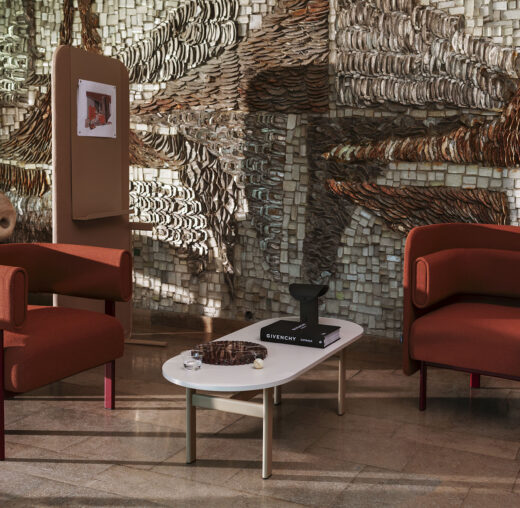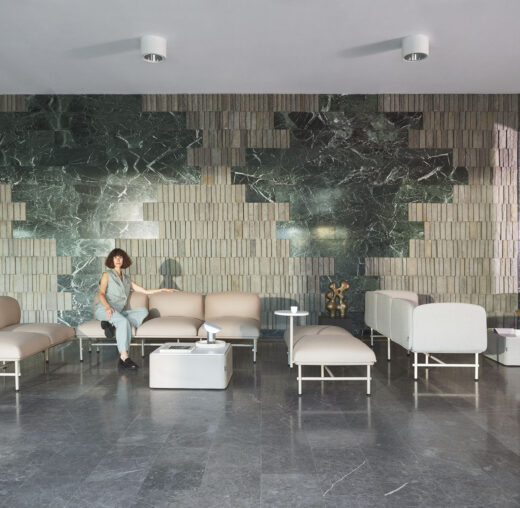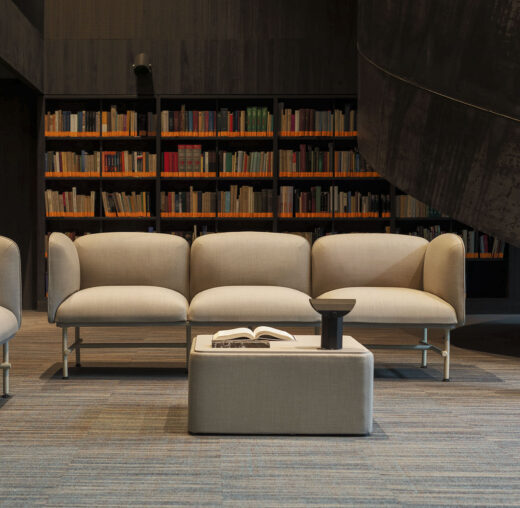The open space offices have become a popular solution in modern workplaces, offering flexibility in arrangement and promoting collaboration among employees. Open space, free of traditional walls and dividers, helps communication and team integration, which can positively influence creativity and speed of project execution.
However, this type of solution also brings challenges, the biggest of which is noise and lack of privacy. That’s why effective acoustic management, including through sound spatial and furniture solutions, is becoming a priority for companies that care about the efficiency and well-being of their team. Learn how to ensure proper acoustics in your office space.
Causes of noise problems
Noise is one of the biggest challenges facing open-plan offices. In these types of spaces, sounds generated by employee conversations, ringing phones or running office equipment such as printers and air conditioning easily accumulate.
The lack of physical barriers and suitable sound-absorbing materials causes sound waves to propagate freely and bounce off hard surfaces, leading to disruptive reverberation. This effect even amplifies the impression of acoustic chaos, making concentration and communication difficult. Large, empty spaces with minimalist decor, while modern and aesthetically pleasing, often fail to address the needs associated with controlling acoustics.
Without proper sound attenuation solutions, such as upholstered furniture or acoustic panels, noise levels can reach values that negatively affect work comfort and employee efficiency, leading to fatigue and even health problems. The acoustics of an office space therefore play a key role in ensuring comfortable working conditions.
Instead of hard furniture, choose upholstered
A solution that is fairly easy to implement, and can significantly improve the acoustics of such spaces, is properly selected upholstered furniture. Thanks to their material properties – the ability to absorb sound and reduce reverberation – soft furnishings can effectively reduce noise propagation and create a more comfortable working environment.
In office spaces, mobile acoustic screens that can be easily rearranged depending on the needs of the team, as well as upholstered armchairs and sofas with additional panels, are particularly useful. By using such elements in a shared space, you will reduce reverberation. Examples of such furniture can be found in our Frame collection. An additional advantage will be the separation of quiet zones or areas for individual work, which positively affect the level of concentration of employees.
A good practice when choosing furniture is to bet on multifunctional models – those that combine functionality with improved acoustics. For example, panels attached to sofas and armchairs allow you to create smaller, private spaces in a large, open office. An excellent choice in such a case would be the Nebula collection, which combines comfortable seating and takes care of improving acoustics.
It is worth remembering when decorating an office that effective improvement of sound propagation does not have to be limited to furniture alone. By combining them with other solutions, such as soft carpets, plants or acoustic walls, you can create a friendly and efficient workplace. Upholstered furniture is therefore one of the key elements that can make a real difference to the comfort of your team’s work in open spaces.
Bring silence and improve comfort in your office
Improving acoustics in open-plan offices brings measurable benefits. Employees can focus on their tasks, while stress and exhaustion levels caused by noise are significantly reduced. As a result, work efficiency increases, as well as overall satisfaction with office conditions. Modern acoustic solutions, such as upholstered furniture, allow flexible space management and adaptation to the changing needs of the team.
The future of office design is moving toward the integration of modern design with functional acoustic technologies. Furniture is not only becoming aesthetically pleasing and comfortable, but also equipped with additional features, such as mediaports and modules, which is conducive to both collaboration and individual work. This trend shows that concern for office acoustics is becoming a standard rather than a luxury. Companies more and more understand that good working conditions are an investment in productivity and employee well-being.





